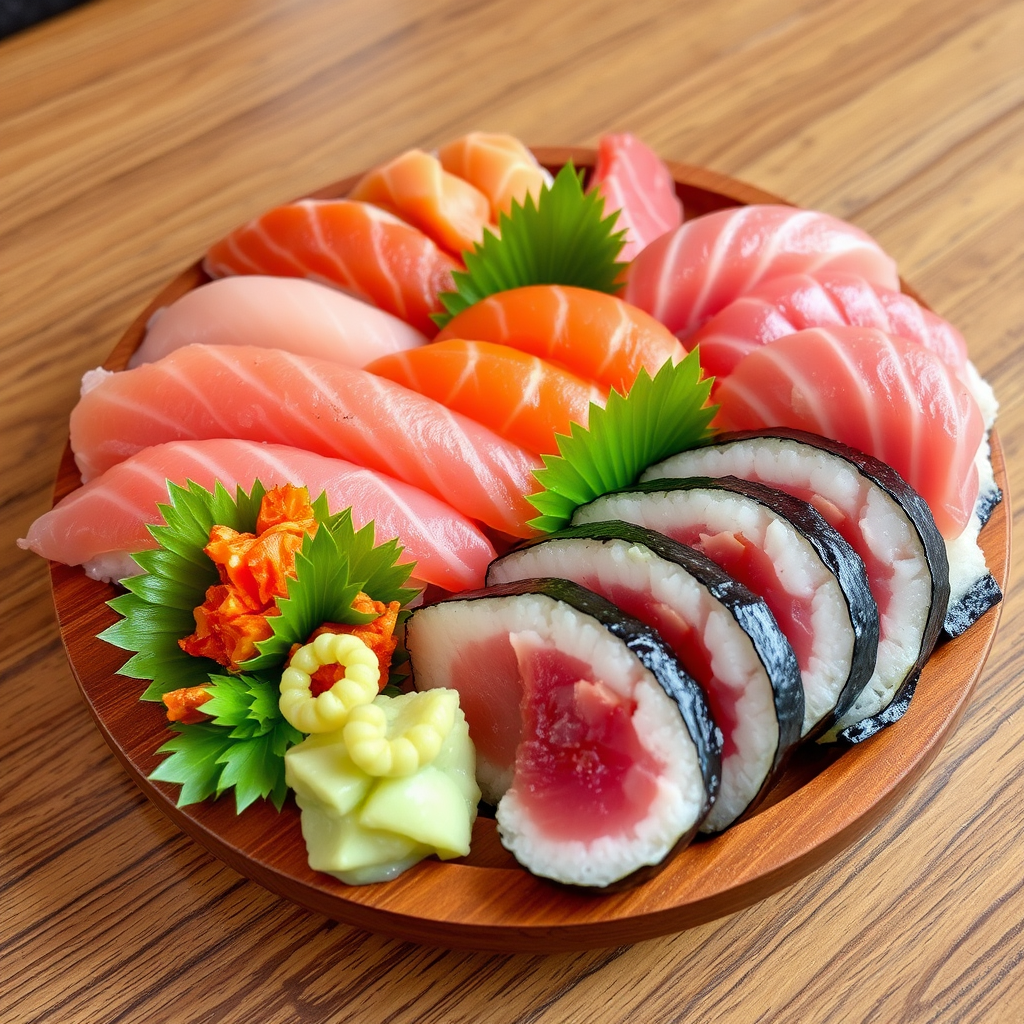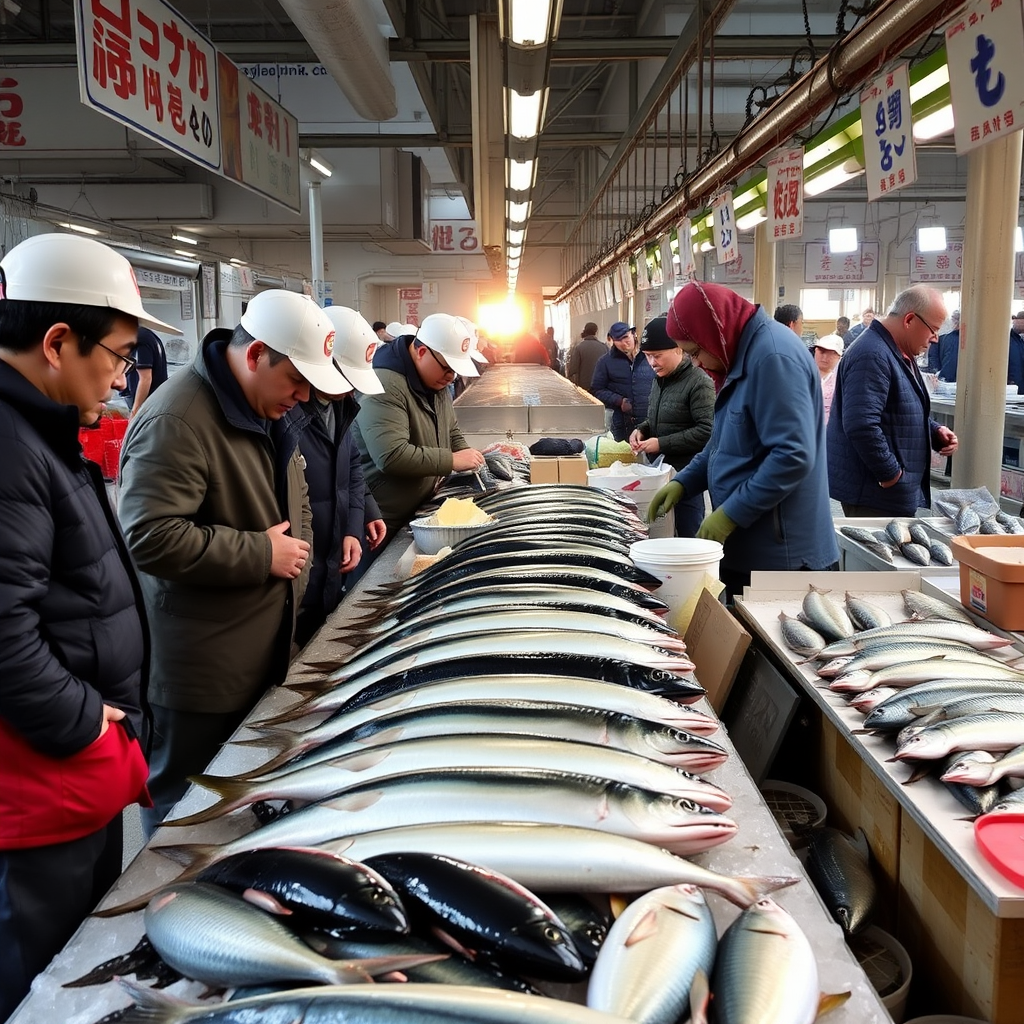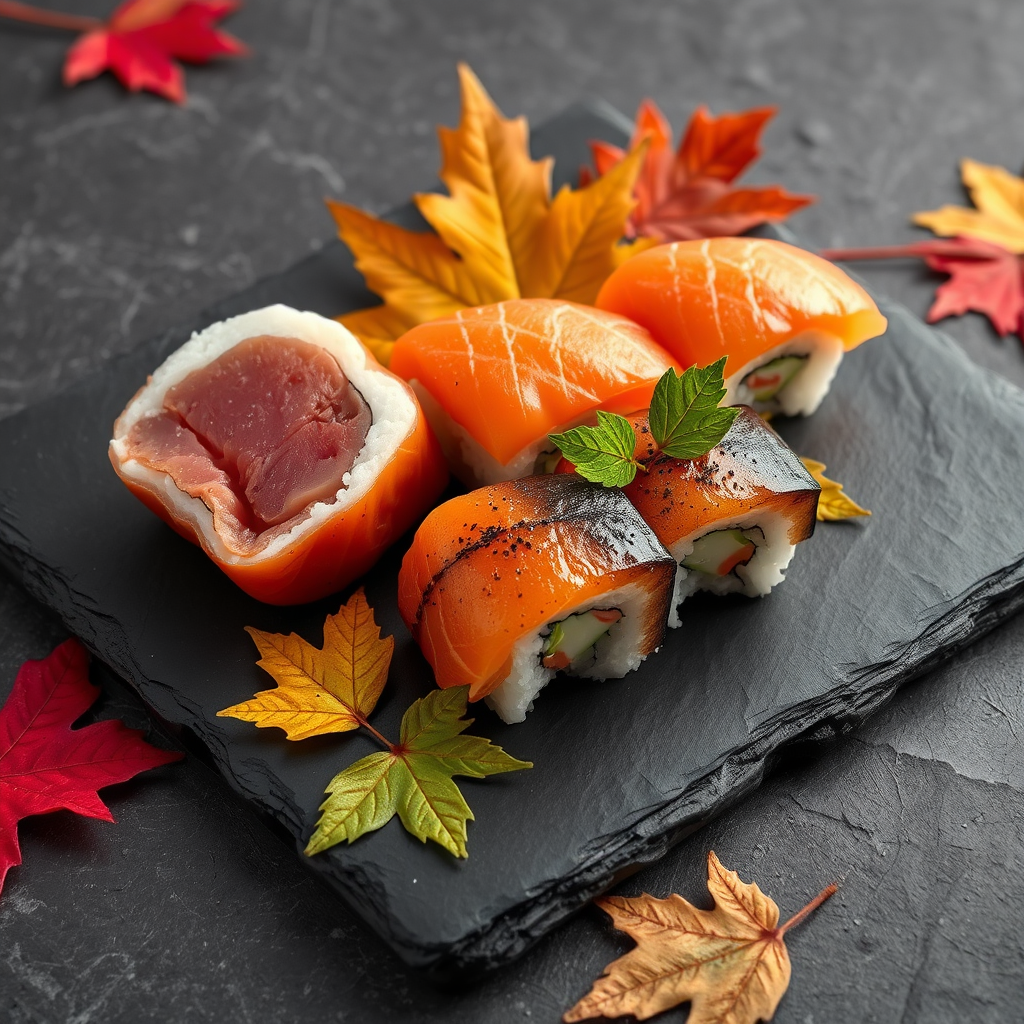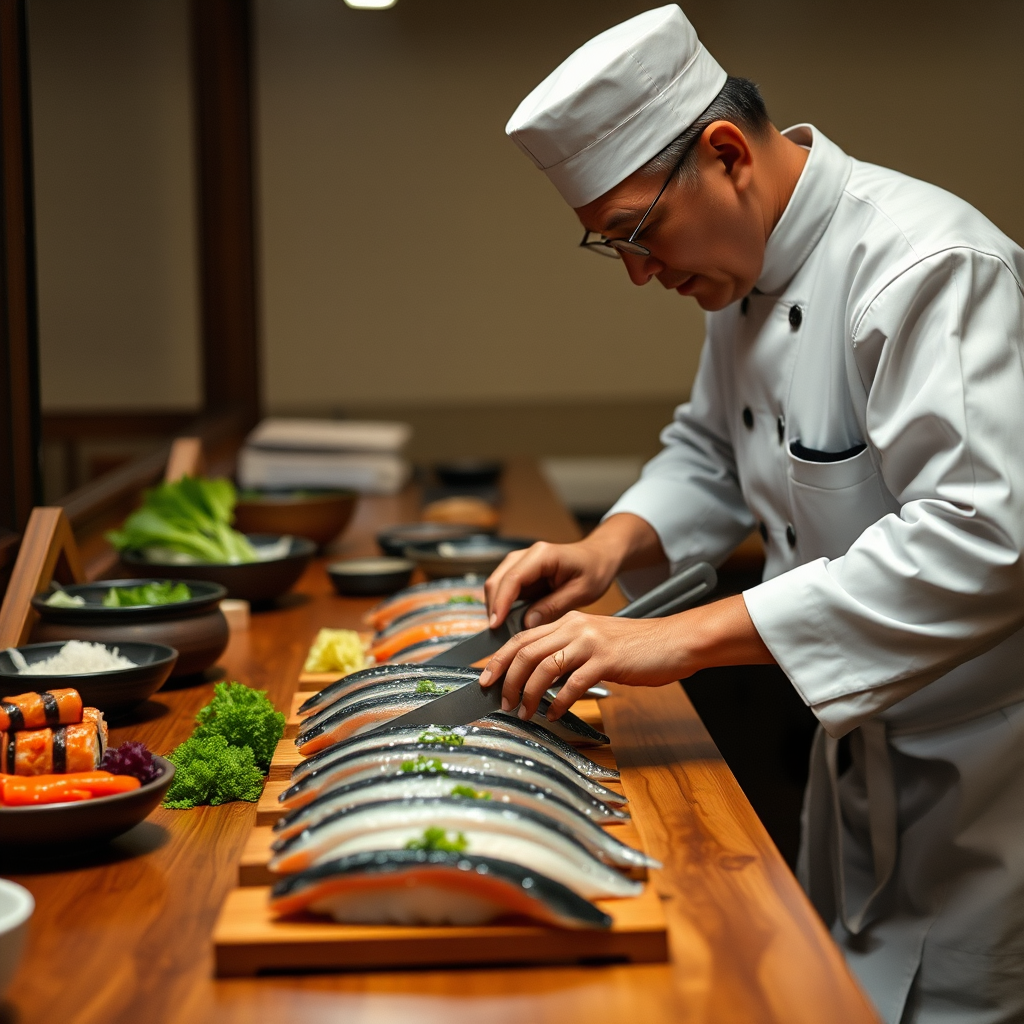Seasonal Sushi: Understanding Japan's Fish Calendar and Peak Flavors

Understanding Japan's seasonal fish calendar is essential for experiencing sushi at its absolute peak. Just as traditional Japanese restaurants celebrate the changing seasons through their kaiseki menus, sushi masters follow nature's rhythm to serve fish when their flavors are most intense and textures most sublime.
The Philosophy of Seasonal Sushi
In Japan, the concept of shun (旬) represents the peak season when ingredients are at their natural best. This philosophy extends deeply into sushi culture, where master chefs build their entire menus around what the ocean offers each month. Unlike Western dining where many fish are available year-round through global supply chains, authentic Japanese sushi celebrates the ebb and flow of seasonal availability.

Spring Delicacies (March - May)
Spring brings some of Japan's most prized sushi ingredients as fish prepare for spawning season, developing rich fat content and complex flavors.
Kohada (Gizzard Shad) - Peak: April to May
This silver-skinned fish reaches perfection in late spring. The delicate curing process with salt and vinegar creates a perfect balance of umami and acidity that pairs beautifully with seasoned sushi rice.
Tai (Sea Bream) - Peak: March to May
Known as the "king of fish" in Japan, sea bream's firm, sweet flesh is at its finest during spawning season. Traditional Japanese restaurants often feature tai in celebratory meals due to its auspicious red color.
Summer Treasures (June - August)
Summer sushi focuses on lighter, more refreshing fish that complement the warm weather while maintaining the high standards of premium dining.
Aji (Horse Mackerel) - Peak: June to August
Summer aji develops a perfect balance of fat and freshness. The fish's natural oils provide richness without being overwhelming in hot weather, making it a staple at high-end sushi counters.
Uni (Sea Urchin) - Peak: June to August
Premium sea urchin from Hokkaido reaches its creamy, sweet peak during summer months. The best specimens have a custard-like texture and oceanic sweetness that melts on the tongue.

Autumn Abundance (September - November)
Autumn is considered the golden season for sushi, as fish build fat reserves for winter, creating the most luxurious textures and deepest flavors.
Maguro (Bluefin Tuna) - Peak: September to December
The legendary bluefin tuna reaches its absolute peak in autumn. The otoro (fatty belly) becomes incredibly marbled, while chutoro (medium fatty) offers perfect balance. This is when wagyu dining meets the sea - the fish's fat content rivals the finest beef marbling.
Saba (Mackerel) - Peak: October to February
Autumn mackerel, particularly from the Sanriku coast, develops exceptional fat content. The traditional curing process with salt and vinegar enhances the fish's natural oils, creating layers of flavor that unfold with each bite.
Ikura (Salmon Roe) - Peak: September to November
Fresh salmon roe bursts with oceanic intensity during autumn spawning season. Each pearl-like egg delivers a pop of briny sweetness that exemplifies the season's abundance.
Winter Specialties (December - February)
Winter brings some of the most prized and expensive sushi ingredients, as cold waters concentrate flavors and create exceptional textures.
Fugu (Pufferfish) - Peak: December to March
The famous fugu reaches peak flavor in winter's coldest months. Licensed chefs at traditional Japanese restaurants prepare this delicacy with extreme precision, offering a subtle, clean taste with a unique texture.
Buri (Yellowtail) - Peak: December to February
Winter yellowtail, known as kan-buri, develops extraordinary fat content in cold waters. The fish's rich, buttery texture makes it one of winter's most sought-after sushi ingredients.

Navigating Seasonal Menus Like a Pro
When dining at premium sushi establishments, understanding seasonal availability helps you make informed choices and shows respect for the chef's expertise.
Trust the Omakase
The chef's choice menu (omakase) always features the best seasonal selections. Master sushi chefs visit fish markets daily, selecting only the finest specimens at their peak.
Ask About Daily Specials
Many traditional Japanese restaurants feature daily specials based on exceptional market finds. These often represent the absolute best value and quality available.
Timing Your Visit
For the ultimate experience, plan visits around peak seasons for your favorite fish. Autumn offers the greatest variety and richness, while spring provides delicate, refined flavors.
The Art of Seasonal Appreciation
Understanding Japan's fish calendar transforms sushi from mere dining into cultural appreciation. Each piece tells a story of season, tradition, and the chef's dedication to perfection. Whether you're enjoying wagyu dining or exploring traditional Japanese restaurant culture, recognizing seasonal rhythms deepens your connection to Japan's culinary heritage.
The next time you sit at a sushi counter, remember that you're not just eating fish - you're experiencing nature's calendar, crafted by generations of tradition and presented by masters who dedicate their lives to this ancient art. Let the seasons guide your choices, and discover why timing truly is everything in the world of exceptional sushi.
Quick Reference: Peak Seasons
Kohada, Tai, Shirako
Aji, Uni, Ayu
Maguro, Saba, Ikura
Fugu, Buri, Anko